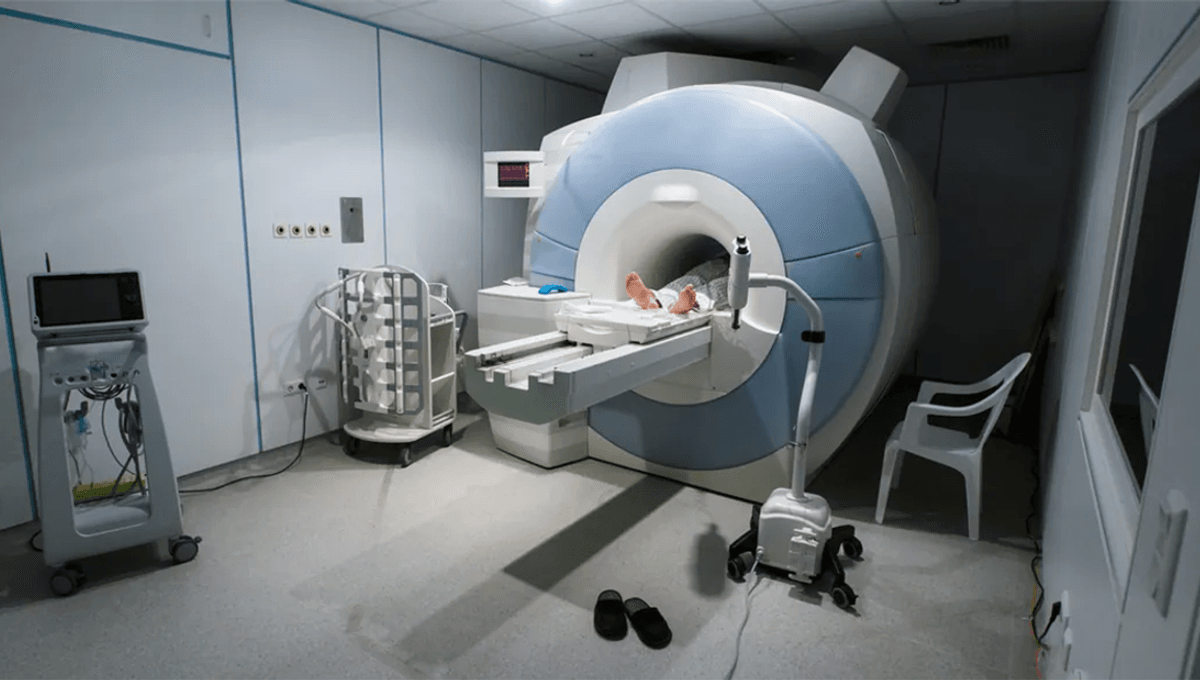
If you’ve ever had a magnetic resonance imaging (MRI) scan, you’ll know that they have a strict “no metal” policy. This isn’t some arbitrary rule, or an ancient radiographer tradition, but a necessary safety instruction to stop you being killed by said metal, or having your metal butt plug sucked where metal butt plugs shouldn’t venture.
Unfortunately, people aren’t quite getting the message. In February this year, a man was killed after taking a gun into an MRI machine, and now a woman has discovered that a bigger pain in the ass than the “no magnetic objects” rule is getting shot in the buttocks because you insisted on keeping your gun in your pocket.
A short “adverse event” report published by the US Food and Drug Administration (FDA) describes how a patient entered the MRI room with a concealed iron handgun. As she entered the MRI machine, the handgun became attracted to the magnet, firing a single shot into her “right buttock area”.
“The patient was examined by a physician at the site who described the entry and exit holes as very small and superficial, only penetrating subcutaneous tissue,” the report reads, adding that prior to the exam she had been through a standard screening process for magnetic objects “which includes weapons specifically, and answered no to all screening questions”.
MRI machines work by creating powerful magnetic fields (and radio waves) targeting hydrogen nuclei (protons) in water. As protons are subjected to the magnetic field (about a thousand times stronger than a fridge magnet) their axes line up.
“This uniform alignment creates a magnetic vector oriented along the axis of the MRI scanner,” science editor Abi Berger explains in the BMJ.
“When additional energy (in the form of a radio wave) is added to the magnetic field, the magnetic vector is deflected. The radio wave frequency […] that causes the hydrogen nuclei to resonate is dependent on the element sought (hydrogen in this case) and the strength of the magnetic field.”
“When the radiofrequency source is switched off the magnetic vector returns to its resting state, and this causes a signal (also a radio wave) to be emitted. It is this signal which is used to create the MR images.”
This may be great for seeing inside the body, but is bad news for anybody deciding they want their weapon on hand with them during a medical appointment.
[H/T: Gizmodo]
Source Link: Woman Carries A Concealed Gun In During An MRI Scan. The Inevitable Happens